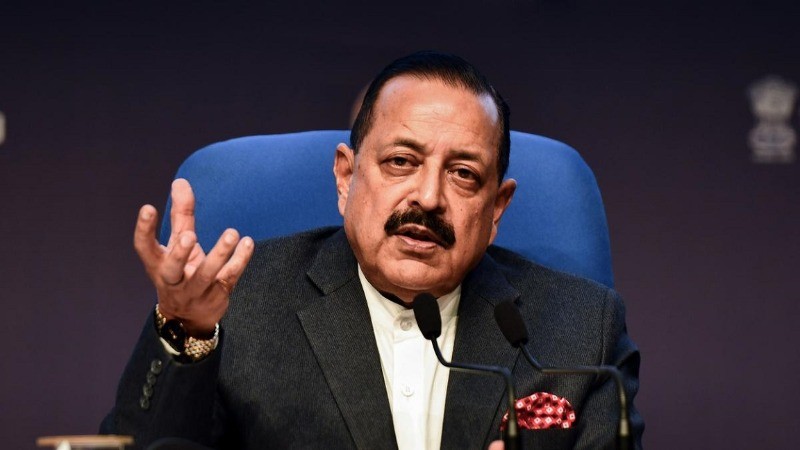
NEW DELHI: - India to Launch Chandrayaan-4 in 2027 - India is set to launch the Chandrayaan-4 mission in 2027 to collect and bring back moon rock samples, Science & Technology Minister Jitendra Singh has said. The mission will require at least two launches using the heavy-lift LVM-3 rocket to bring back and assemble its five key components in the orbit. Chandrayaan-4 is a well-planned lunar sample return mission of the ISRO and the 4th iteration in its Chandrayaan lunar exploration initiative.
The Minister emphasized that Chandrayaan-4’s major goal is to bring lunar surface samples to Earth. "The Chandrayaan-4 mission aims to collect samples from the moon's surface and return them to Earth," the minister said in a press briefing.
He also confirmed that the Gaganyaan mission, which will send Indian astronauts to low-Earth orbit, is also scheduled for launch next year.
Meanwhile, in 2026, India will launch Samudrayaan, a deep-sea mission that will send three scientists in a submersible to explore the ocean floor at depths of up to 6000 meters. Singh highlighted that this aim further focus on India's other important missions, including Gaganyaan.
Prime Minister Narendra Modi earlier said in his Independence Day speech, that Samudrayaan stressing its importance in discovering valuable marine resources and biodiversity. The Minister also noted the fast expansion of India’s space sector over the past 10 years, with major advancements in infrastructure and investment.
Notably, India will also conduct an uncrewed Gaganyaan mission this year, featuring a humanoid robot named Vyommitra. Singh pointed out that while Indian Space Research Organisation (ISRO) was founded in 1969, it took more than twenty years to set up its first launch pad in 1993.
The second launch pad was set up in 2004, and now, for the first time, India is developing a third launch pad for heavier rockets. Furthermore, a new launch site is being built in Tamil Nadu’s Thoothukudi district for small satellites.
India’s space economy, currently valued at USD 8 billion, is expected to grow to USD 44 billion in the next decade. Reforms allowing private sector participation have further added investment, innovation and international collaborations, strengthening India's status as a global space power.